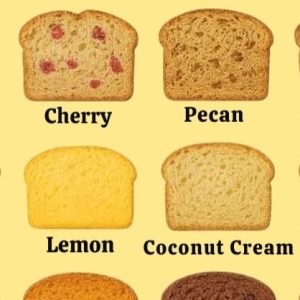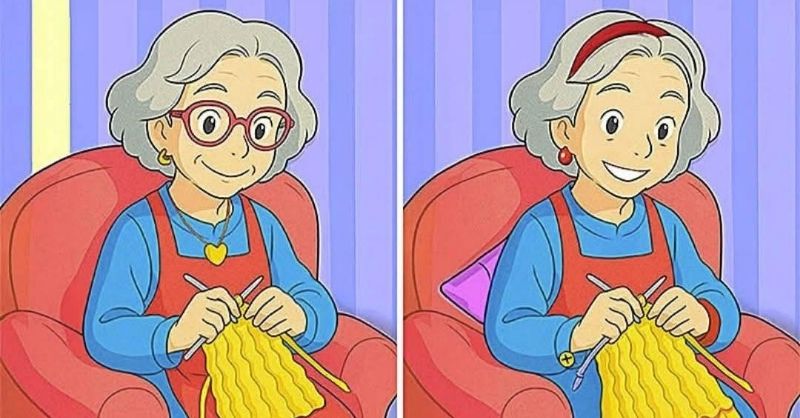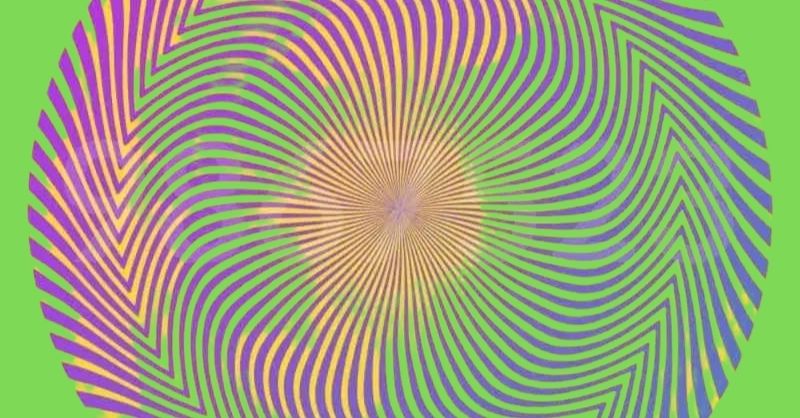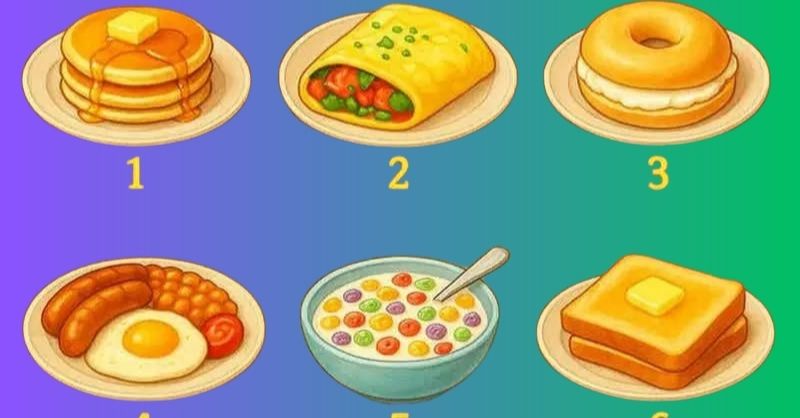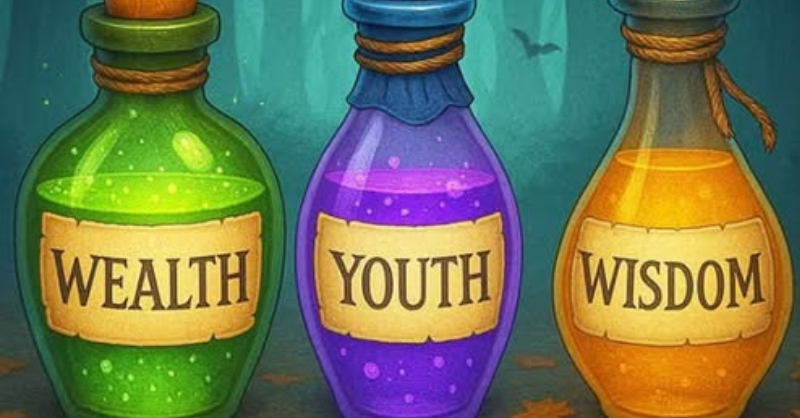
Think you’ve got sharp eyes? There’s something oddly satisfying about spotting a tiny inconsistency that others overlook. That’s the magic behind visual puzzles — they don’t just challenge your vision, they mess with your mind in the best way possible.
At first glance, everything in today’s image looks the same: a touching moment between a mother and her baby, drawn with delicate care. But look a little closer, and you’ll notice something’s off. Somewhere, a small difference is quietly waiting to be found — and it might be in the very last place you’d expect.
If you enjoy a good brain teaser, this one’s for you.
Why we keep falling for visual puzzles

Spot-the-difference games are more than a passing distraction. They’re like squats for your brain — strengthening your visual memory, patience, and attention to detail.
But what makes them truly addictive is the way they sneak up on you. At first, the images look identical. Your brain wants them to be. But then your curiosity kicks in, and the hunt begins. Every time you think you’ve found it, there’s a flash of doubt: “Wait… was that there before?”
And more often than not, people miss the answer on their first try — not because the puzzle is impossible, but because our eyes play tricks when we rush.
Want to improve your odds next time?
Try scanning slowly and deliberately. Instead of jumping between big visual elements like hands, faces, or props, divide the image into parts: the top half, then the bottom; foreground, then background. Focus on patterns like folds in fabric, shadows, or shapes in the background — these often hide the difference in plain sight.
So, what was the answer?
Ready for the reveal?

In this mother-baby illustration, the difference is a tiny extra fold in the baby’s blanket. You’ll see it just beneath the mother’s arm — but only in the right-hand image. On the left, that fold is missing entirely. It’s subtle, yes — but once you see it, you can’t unsee it.
And that’s the beauty of these puzzles: they train your eye to notice what it usually skips.
Why your brain loves this kind of workout
It may feel like fun and games, but puzzles like this do more for your brain than you might think. They boost your visual memory, improve focus, and help train your left and right brain to work together more efficiently. And just like muscles, the more you exercise these skills, the sharper they become.
So — did you catch it before we spoiled the answer? If so, well done! If not, don’t worry. These things take practice, and the next one might just be your moment.
Who knows? With a little patience, you might start seeing things no one else does.
